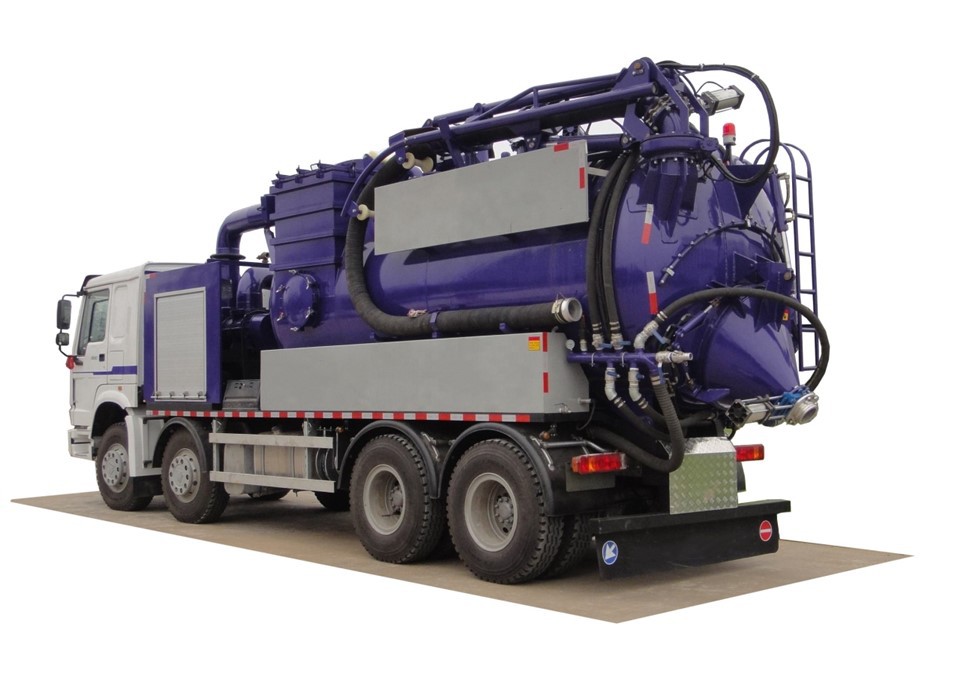Off-road flatbeds are becoming increasingly popular in the world of utility vehicles and outdoor adventure equipment. Whether you’re a weekend warrior, a tradesperson, or simply someone who loves to explore, having the right flatbed can make all the difference. This comprehensive guide will take you through everything you need to know about off-road flatbeds, from their benefits and features to practical tips on choosing and maintaining one.
Understanding Off-Road Flatbeds
Off-road flatbeds are flat, open trailers or truck beds designed specifically for rough terrain. Unlike standard flatbeds, these are built to endure the challenges posed by uneven ground, mud, rocks, and other obstacles. They often come with features like heavy-duty suspensions, reinforced frames, and ample tie-down options.
What Sets Off-Road Flatbeds Apart?
To understand the significance of an off-road flatbed, it’s crucial to highlight the differences between traditional flatbeds and their off-road counterparts:
- Durability: Off-road flatbeds are constructed with rugged materials that can withstand the elements and harsh conditions.
- Suspension Systems: These flatbeds typically feature enhanced suspension systems to absorb impact and provide smoother rides.
- Weight Distribution: Many off-road flatbeds are designed to better distribute weight, preventing tipping and instability on uneven terrain.
Benefits of Off-Road Flatbeds
Investing in an off-road flatbed offers multiple advantages that cater to various needs. Below are some benefits you’d gain:
1. Versatility
Off-road flatbeds are versatile and can be used for various applications, including:
- Transporting construction materials
- Hauling traditional recreational gear
- Playing host to custom setups for camping or other outdoor activities
2. Enhanced Load Capacity
Many models feature higher load capacities, which means you can transport more gear or materials without compromising safety. For example, a standard truck bed might withstand up to 1,500 pounds, while an off-road flatbed can carry up to 2,500 pounds or more.
3. Customization Options
Off-road flatbeds often come with a range of customization opportunities. Whether it’s adding storage compartments, toolboxes, or specialized reinforcements, you can tailor the flatbed to meet your specific requirements.
4. Increased Ground Clearance
Most off-road flatbeds come with increased ground clearance, allowing for better navigation over large obstacles and rocky terrain. This aspect is particularly valuable for outdoor enthusiasts who enjoy camping or off-roading.
Key Features of Off-Road Flatbeds
When selecting an off-road flatbed, it’s essential to consider specific features that enhance performance and usability:
1. Material Composition
High-strength steel or aluminum are common materials for off-road flatbeds. Each type has its pros and cons:
| Material | Advantages | Disadvantages |
|---|---|---|
| Steel | Durable and less expensive | Heavier and prone to rust |
| Aluminum | Lightweight and rust-resistant | More expensive and less durable under heavy loads |
2. Suspension System
Look for flatbeds equipped with leaf springs, coil springs, or air suspension, as these provide superior shock absorption and a smoother ride on rugged terrain.
3. Tie-Down Points
Multiple tie-down points help secure your load effectively. Look for flatbeds featuring reinforced D-rings or stake pockets to safely transport items.
4. Easy Loading and Unloading
Consider flatbeds that offer a low-profile design or ramps to facilitate easy loading and unloading of equipment and materials.
Choosing the Right Off-Road Flatbed for Your Needs
The right off-road flatbed ultimately depends on your specific requirements. Here are some factors to consider:
1. Assess Your Load Requirements
Determine the typical weight and types of loads you will transport. This information will significantly influence your choice.
2. Evaluate Vehicle Compatibility
Ensure that the flatbed is compatible with your vehicle. Measure the size of your vehicle’s bed to find an off-road flatbed that fits perfectly.
3. Performance in Various Conditions
Consider choosing a flatbed designed to handle the conditions you’ll be facing. For instance, if you frequently encounter muddy or rugged terrain, select a model with robust tires and suspension systems.
Practical Examples of Off-Road Flatbeds
Here are a few compelling examples of off-road flatbeds that stand out in the market:
1. Decked Truck Bed Storage System
Perfect for adventurers and tradespeople alike, this flatbed system offers extensive storage options while maintaining a lower profile for easier access.
2. Norstar’s Premium Flatbed
This heavy-duty flatbed boasts exceptional load capacity and comes with standard features such as LED lights, a toolbox, and side rails for secure hauling.
3. Highway Products Aluminum Flatbed
A great option for those looking to minimize weight without sacrificing strength, this aluminum flatbed is designed for optimum performance on rugged terrain.
Maintenance Tips for Off-Road Flatbeds
1. Regular Cleaning
Keep your flatbed clean by regularly washing off dirt, mud, and debris to prevent corrosion and damage. Using a power washer can make this task easier.
2. Inspect the Suspension
Regularly check your suspension system for wear and tear, ensuring that it operates effectively and provides a smooth ride.
3. Check for Rust and Damage
Be proactive in examining the frame and surface for signs of rust or damage. Applying a protective coating can help prolong its life.
FAQs
1. Can I use a standard flatbed for off-road conditions?
While you can use a standard flatbed, they may not withstand the rigors of off-road conditions as effectively as off-road flatbeds, which are specifically designed for that purpose.
2. How much weight can an off-road flatbed carry?
Off-road flatbeds generally carry between 2,000 to 3,500 pounds, depending on the model and material.
3. Are off-road flatbeds customizable?
Yes, many manufacturers offer a range of customization options to meet specific needs, including storage compartments and tailored attachments.
4. Do I need a special license to operate an off-road flatbed?
Typically, you do not need a special license, but it’s essential to check local regulations regarding the use of trailers and flatbeds.
5. What are the best materials for an off-road flatbed?
The best materials are usually high-strength steel or aluminum, as they provide durability, strength, and optimal weight management.
6. How can I enhance the durability of my off-road flatbed?
Regular maintenance, protective coatings against rust, and avoiding overloading will significantly enhance its durability.





